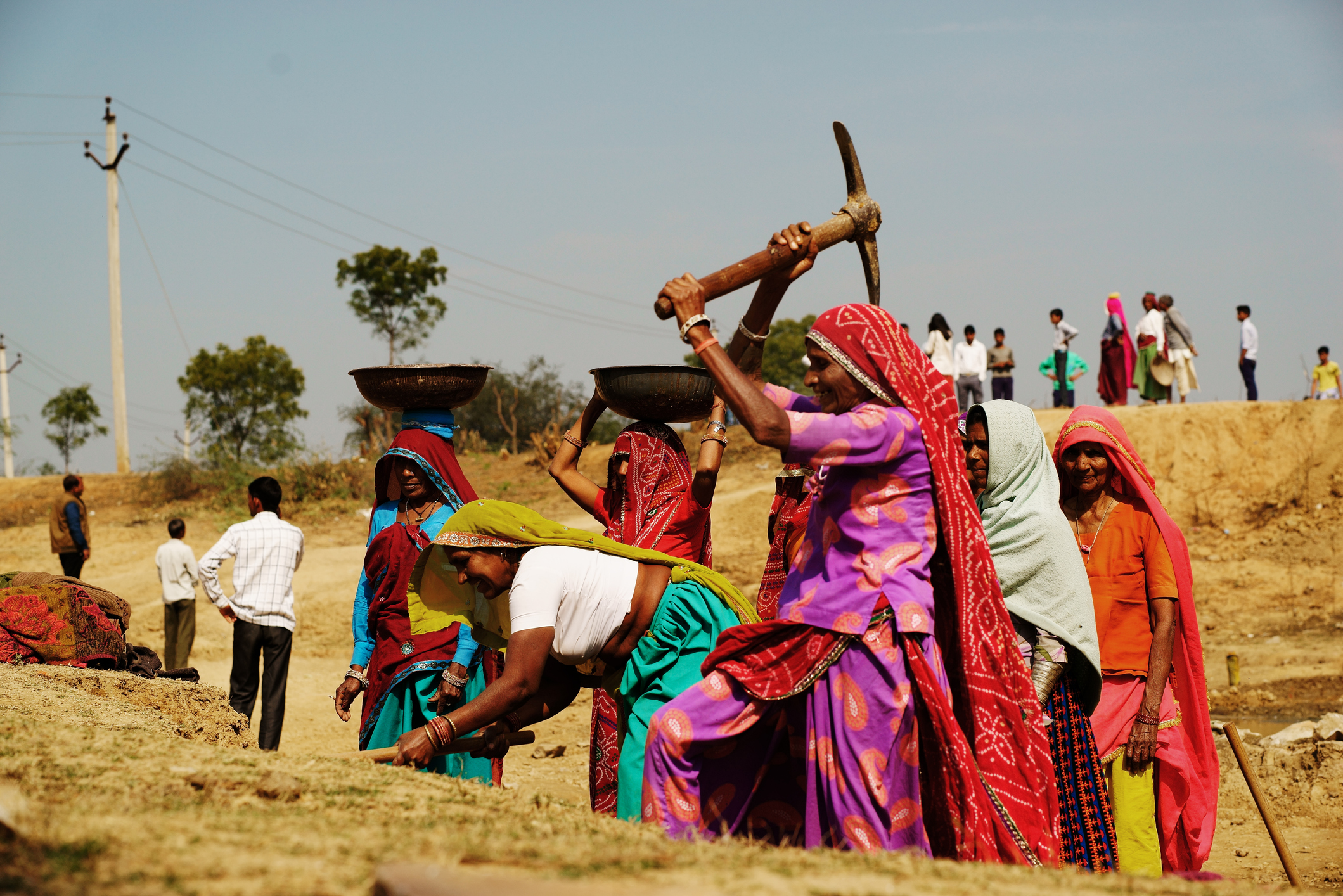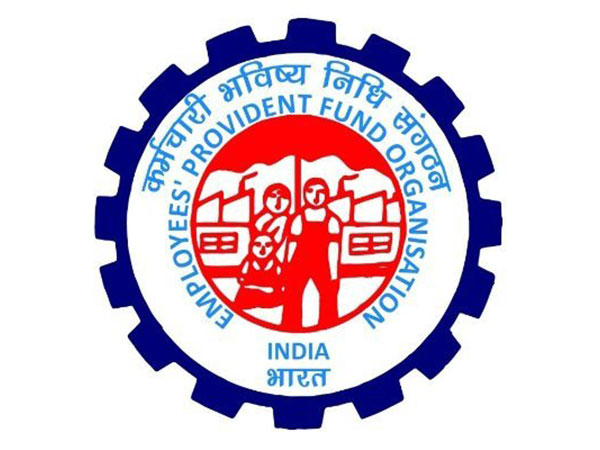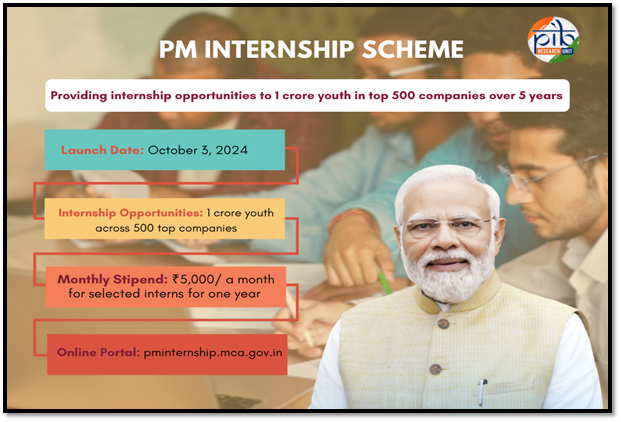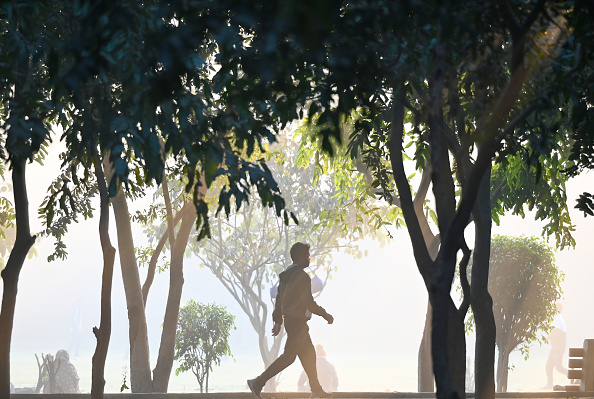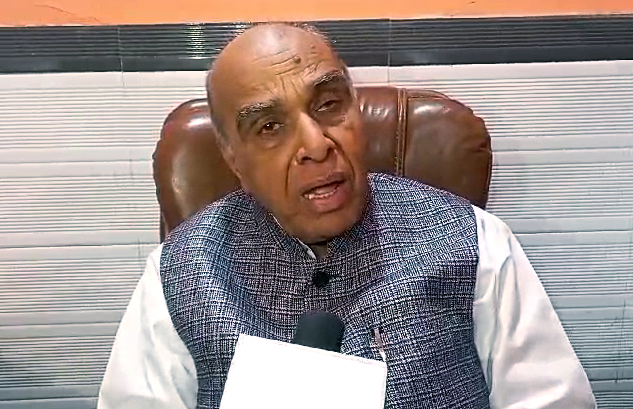The Mahatma Gandhi National Rural Employment Guarantee Act (MGNREGA), launched in 2005, continues to serve as a crucial lifeline for rural households across India. According to the Ministry of Rural Developent, the scheme has witnessed significant expansion over the last decade, with strong emphasis on transparency, technological reforms, and inclusive participation.
MGNREGA guarantees a minimum of 100 days of wage employment annually to adult members of rural households willing to engage in unskilled manual work. Over the years, the government has steadily increased budgetary allocations to ensure the effective delivery of this flagship program. From an allocation of ₹11,300 crore in the financial year 2006-07, the budget grew to ₹33,000 crore in 2013-14. In the current financial year 2024-25, the allocation has reached an all-time high of ₹86,000 crore.
“The Government remains committed to strengthening livelihood security in rural areas, as reflected in the continuous rise in budgetary support for MGNREGA. The allocation of ₹86,000 crore this year marks the highest-ever provision at the Budget Estimate stage,” the press release said.
During the COVID-19 pandemic in 2020-21, a record ₹1,11,000 crore was spent under MGNREGA to support vulnerable rural populations.
The results of these enhanced efforts are evident in key performance indicators. Between FY 2006-07 and FY 2013-14, a total of 1,660 crore persondays of employment were generated. In contrast, from FY 2014-15 to FY 2024-25, the scheme has generated 3,029 crore persondays—an increase of 82%.
Similarly, the financial outlay has seen a substantial jump. Over the past ten years, ₹7,81,302 crore has been released under MGNREGA, as compared to ₹2,13,220 crore in the previous decade. This has resulted in the creation of 8.07 crore durable rural assets, up from 1.53 crore in the earlier period. The number of geotagged rural assets has increased by over 526%, signifying both the quality and accountability of these assets.
Women’s participation under MGNREGA has also improved considerably. According to the press release, female participation has risen from 48% in FY 2013-14 to over 58% in the current financial year, reflecting sustained efforts towards women’s empowerment.
MGNREGA presently allows for 266 categories of permissible works. Of these, 150 pertain to agriculture and allied activities, 58 focus on natural resource management (NRM), and 58 are related to rural infrastructure development. Water conservation remains a priority area, with projects such as check dams, farm ponds, irrigation wells, and community ponds being taken up widely. These initiatives have contributed to a significant reduction in the number of water-stressed rural blocks—from 2,264 in the previous decade to 1,456 currently, amounting to a 35% decrease.
The government also addressed concerns regarding the Aadhaar-Based Payment System (ABPS) and National Mobile Monitoring System (NMMS), terming these reforms as instrumental to improving efficiency and transparency.
As of now, Aadhaar seeding has been completed for 99.49% of active MGNREGA workers (13.45 crore individuals), a significant jump from just 76 lakh workers in 2014. NMMS has facilitated real-time electronic attendance, eliminating fake entries and ensuring better oversight. Manual attendance provisions remain in place for exceptional situations.
The government’s drive towards digitization is further reflected in the adoption of the National Electronic Fund Management System (NeFMS), making MGNREGA the largest Direct Benefit Transfer (DBT) scheme in the country. Currently, 100% of wage payments are made electronically, compared to just 37% in 2013.










